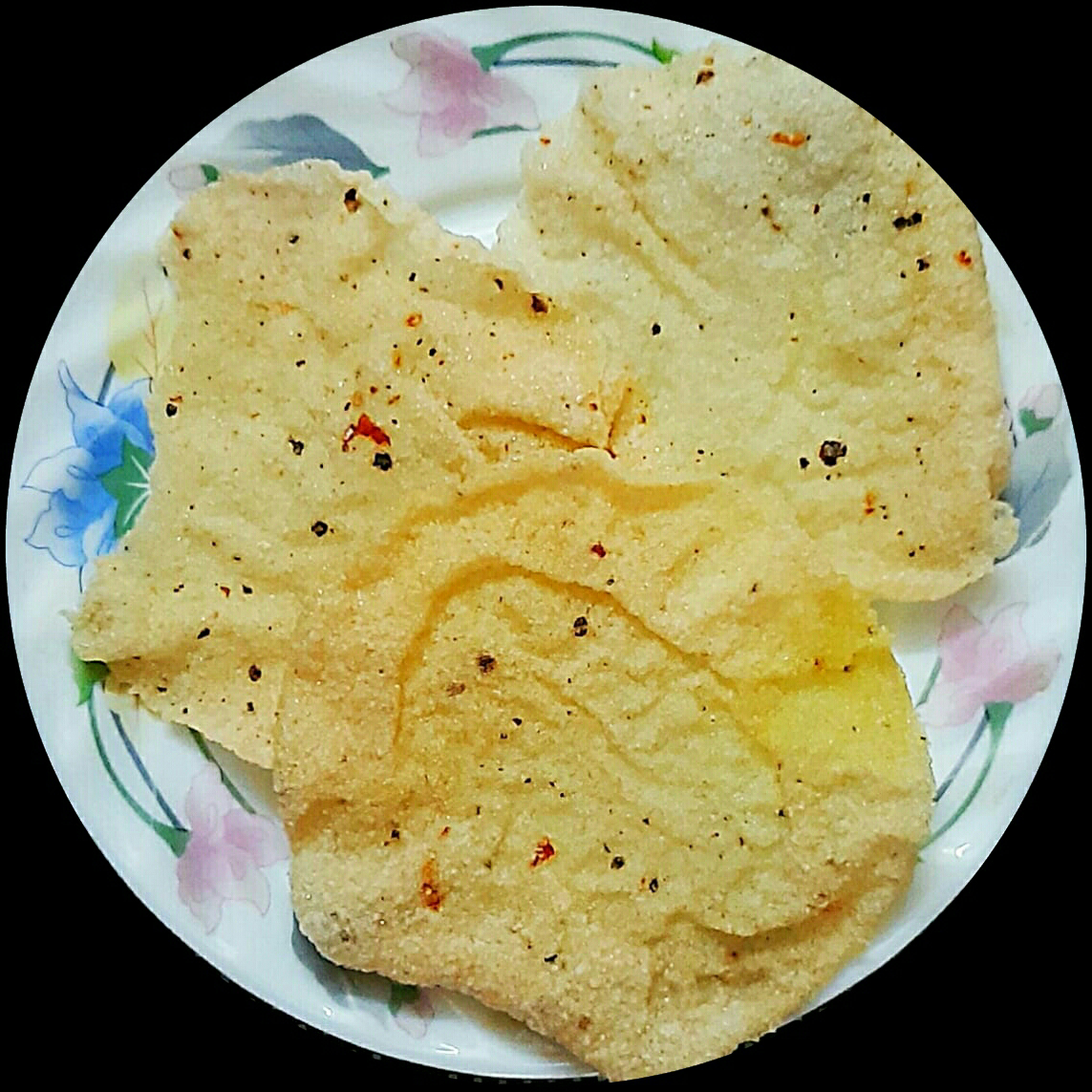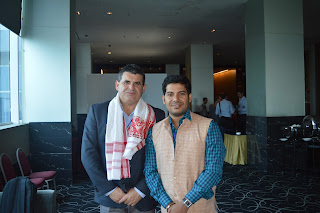Torsion and detorsion in Gastropoda
Torsion or twisting is a process during the larval development of the gastropods, which rotates the viscera-pallium anticlockwise through 1800 from its initial position. Therefore, the mantle cavity with its visceral complex is brought to the front of the body in adults. Torsion is significant from the evolution perspective.
Sie of Torsion:
In the larval gastropods, only the visceral mass undergoes rotation through 1800 whereas the head and the foot remain fixed. The actual site of the torsion is the neck, behind the head-foot through which the oesophagus, rectum, aorta, visceral nerve loop and shell muscle pass. Thus, actual twisting involves the neck tissue and the structure within it.
Torsion is often confused with the spiral coiling of the visceral mass and shell, but the two are entirely distinct and quite independent.
Mechanism of torsion:
Torsion can be seen in the embryology of living gastropoda, i.e., the veliger larva. Before torsion, the larva is quite symmetrical (mostly bilateral). The mantle cavity faces backwards and downwards. The alimentary canal is straight and the anus opens posteriorly in the middle line. The shell and the visceral mass, originally sausage-shaped become cone-shaped first and later become spirally coiled. The shell lies dorsally and forms a coil on the anterior side. Such a shell is called exogastric shell.
The ventral flexure is followed by a lateral torsion so that the dorsal or exogastric shell becomes ventral or endogastric.
The lateral torsion is probably due to the arrest of growth on one side and active extension on the other. Generally, the growth of the right side becomes retarded so that the mantle cavity and the pallial complex gradually pass around to the right side. So, the anterior side, on account of the greater growth of the visceral sac towards the left.
Effect of Torsion:
Torsion is a fundamental feature of gastropods and represents their greatest departure from the ancestral molluscan plan. The effects of torsion are not equally evident in all gastropods.
1. Displacement of mantle cavity:
The mantle cavity was primitively posterior in position. After torsion, the mantle cavity opens just behind the head and its associated parts are shifted forward.
2. Changes in relative position:
Before torsion, the anus, the ctenidia and the renal orifices point backwards, and the auricles lie behind the ventricle. After torsion, the anus, the ctenidia and the renal orifices project forward and the auricles lie in the front of the ventricle.
3. Looping of alimentary canal:
The digestive tract which was originally straight from mouth to anus is thrown into a loop.
4. Chiastoneury:
The long, uncoiled, pleuro-visceral nerve connectives become twisted into a figure of 8.
5. Endogastric coil:
The coil of the visceral sac and the shell, which primitively was dorsal or exogastric becomes ventral or endogastric after torsion.
6. Loss of symmetry and atrophy:
The anus is displaced towards the right side of the pallial cavity so that the original symmetry of the organization disappears. Another characteristic feature involving symmetry is the reduction of atrophy of the paired parts of the primitively left or topographically right side.
Significance of torsion:
As the gastropod shell has only one opening, it has to serve as an entrance and an exit for all visceral organs. Both mouth and anus open on the anterior side. The mantle cavity also must open on the anterior side for easy respiration. Respiratory current opposes locomotion after torsion which increases the availability of water inside the branchial chamber. Visceral mass has to undergo rearrangement so that openings of kidneys, gonads and anus should migrate to the front side which is the only opening of the shell. The smell chemoreceptor osphradium also migrated to the front side to chemically analyze the water current entering the mantle cavity. The bulky buccal mass migrates to the anterior side which provides stability during locomotion. Torsion allows the foot to be retracted after the head for better protection of the head.
Detorsion:
The changes occurring in the torsion are to a certain extent reversible. This reversion is known as detorsion. As a result, the pallial complex travels back towards the posterior end along the right side. The ctenidia point backwards, the auricles move behind the ventricle and the visceral loop becomes untwisted and symmetrical. In this way, a secondary external symmetry is re-established. Torsion must be disadvantageous to adult snails as many of them have undergone detorsion processes.




Comments
Post a Comment